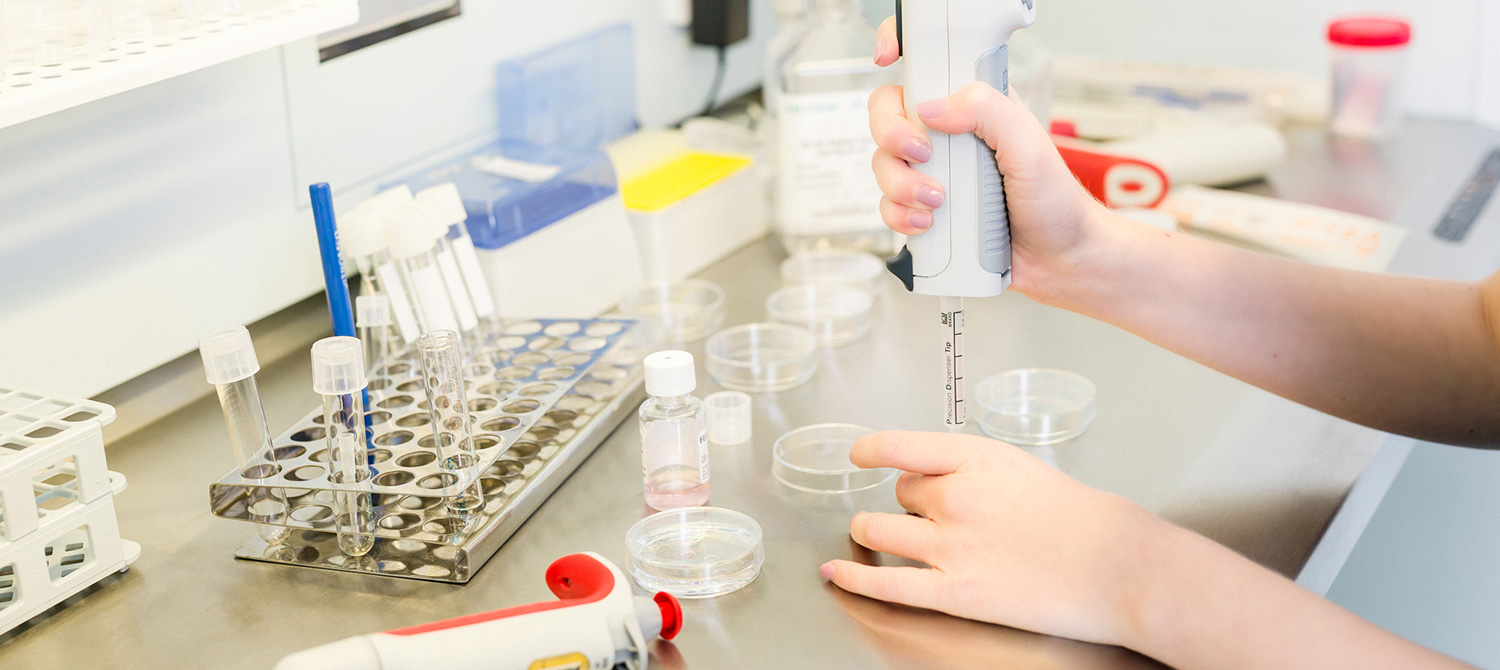Sperm culture

Sperm or semen culture is a complimentary test to semen analysis that helps determine whether there is an active infection present in the semen at the time of sample collection. Infections are known to affect sperm quality, therefore sperm culture provides valuable clinical information that will assist the fertility specialist in designing and implementing an effective fertility treatment plan tailored to the needs at hand.
This process is identical to the collection process for normal semen analysis, with sperm culture usually being conducted on the same sample. It is important to observe all necessary precautions to avoid contamination of the semen sample with microorganisms of the skin or other sources. Thorough washing of the area and after that, the hands, with clean water and soap (not antiseptic) is vital. It is important that during the collection of the sample you only touch the collection container on the outside and abstain from touching the interior with your fingers. After ejaculation, make sure to close the container, again without touching the interior.
The Andrology specialist will subsequently add the sample to a culture medium and incubate it for approximately 48 hours, in order to allow enough time for any microorganisms that may be present to adequately proliferate and subsequently be identified.
The results should be available in 2-7 days after sample collection and they may be:
- Negative: no pathogenic microorganisms were detected, meaning that everything is normal.
- Positive: some pathogenic microorganisms were detected. If this is the case, an antibiogram may be performed. This examination tests the potency of different antibiotics against the particular strain of the bacteria detected, in order to identify the most suitable antibiotic for treatment. With some specific bacteria, such as mycoplasma or ureoplasma, an antibiogram may not be performed, since treatment is very specific and requires no investigation.Sometimes, two different strains of bacteria may be present, which then makes the choice of a suitable antibiotic agent more difficult, since it should be effective against both pathogens. In cases of three or more pathogens, it is more likely that the sample was contaminated from an external source at some point, therefore an additional sperm culture is warranted.
